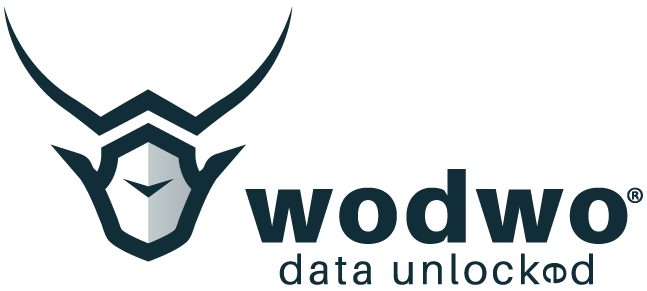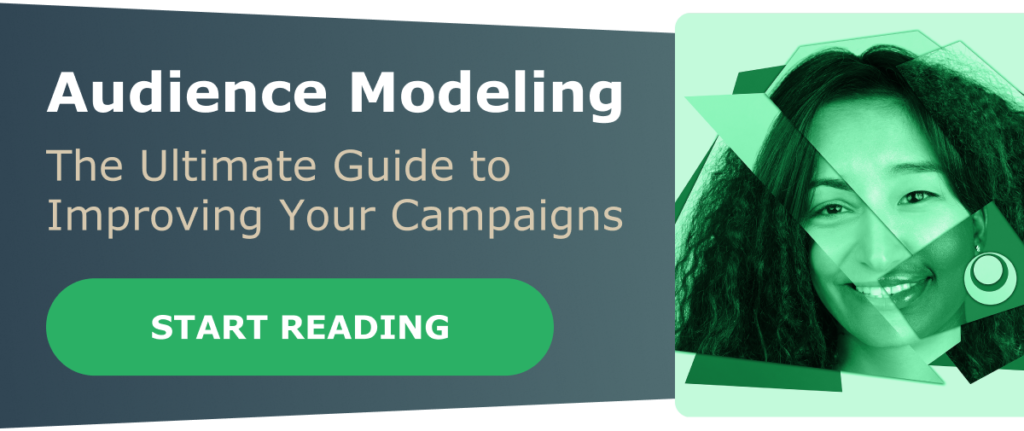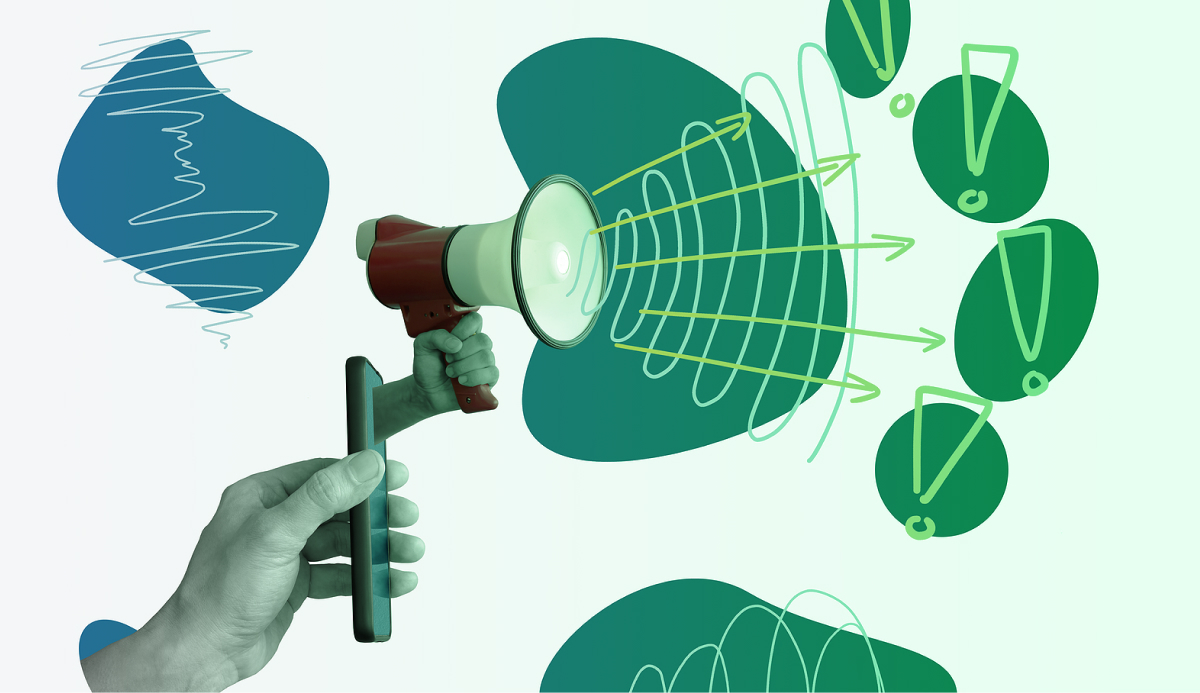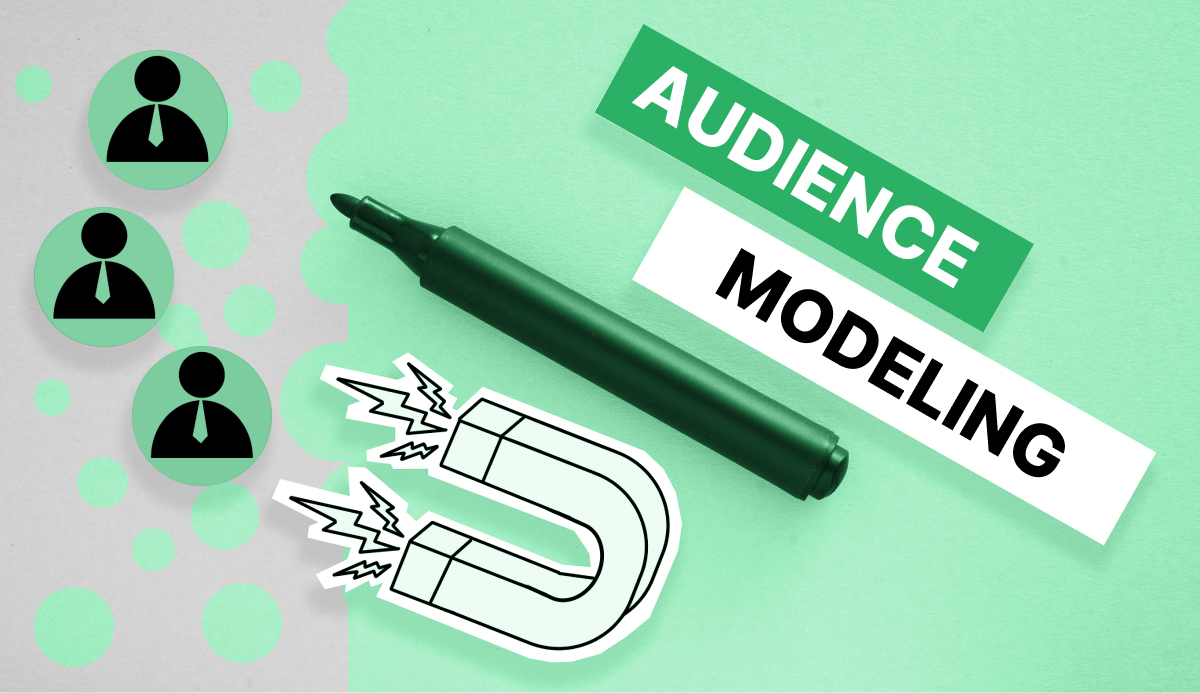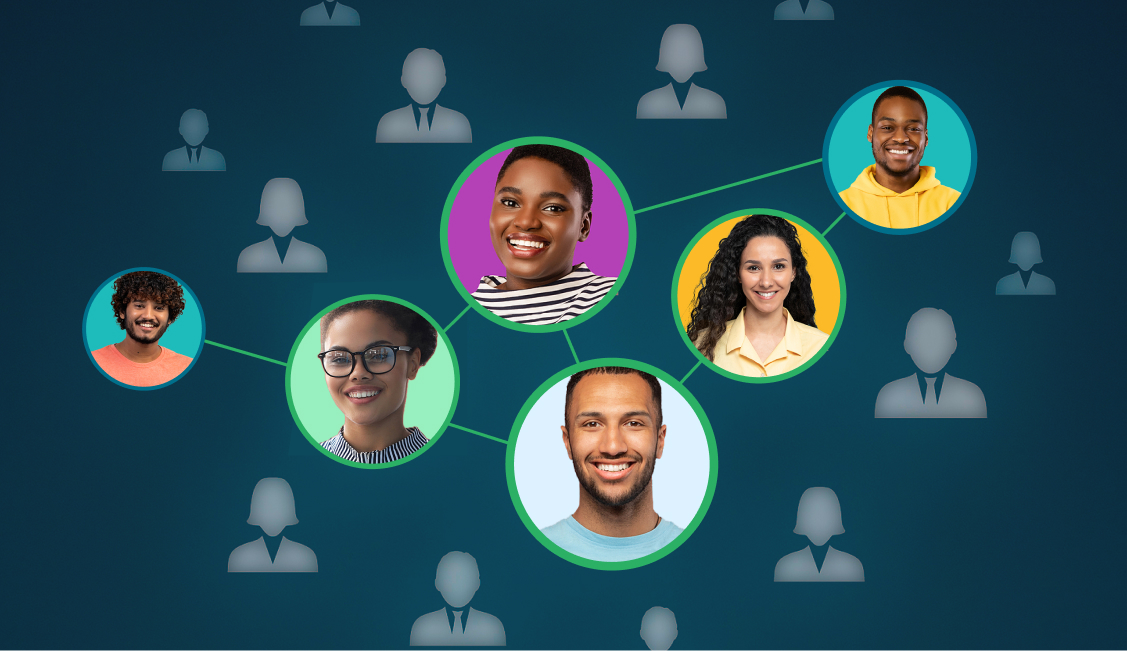Understand the Power of Audience Segmentation
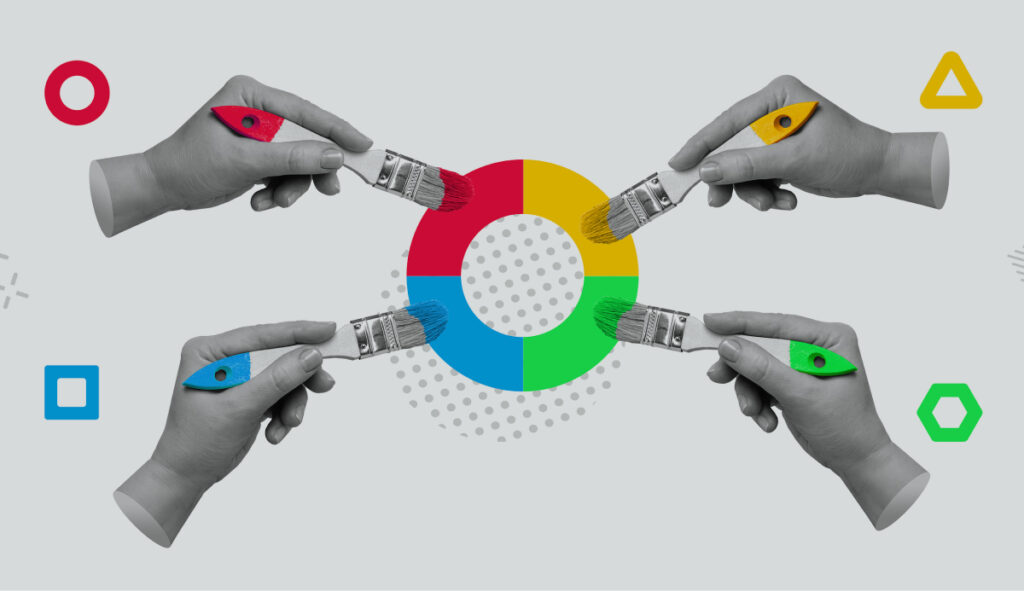
What if I told you that audience segmentation and the proper leveraging of it could take your business to the next level? Odds are you would be interested. Who wouldn’t? After all, we’re all looking to get a leg up on the competition to make more money with less effort. With that in mind, in this post, we’ll address two critical questions – What is audience segmentation, and why is it so important in marketing and advertising? If this sounds good to you, keep reading!
What is Audience Segmentation?
Audience segmentation is the process of dividing your target market into smaller groups or segments with similar interests, behaviors, and demographics. This helps businesses tailor their marketing strategies and communications to effectively reach each group. With audience segmentation, you can create more personalized messages that resonate with your customers and increase engagement.
Segmentation can be done based on various factors such as age, gender, location, income level, behavior patterns, and interests. By analyzing these factors using data analytics tools or customer surveys, you can identify trends within each segment that inform how best to target them.
Why is it so important in marketing and advertising?
Ultimately, effective audience segmentation leads to better ROI for marketing campaigns as you are targeting the right people with the right message at the right time. It helps businesses make informed decisions about where to allocate resources for maximum impact. By focusing on specific segments of the market, companies can better understand their needs, preferences, and pain points – allowing them to create tailored messaging that resonates with different groups.
In addition to improving campaign effectiveness, audience segmentation also enables businesses to build strong relationships with their customers over time. By understanding what motivates different segments of the market and tailoring messaging accordingly, companies can establish trust and credibility – ultimately leading to increased customer loyalty and advocacy. Ultimately, effective audience segmentation is key to successful marketing and advertising efforts in today’s competitive landscape.
Benefits of Audience Segmentation

There are three main benefits of audience segmentation:
Personalized Marketing
This involves dividing your target audience into smaller, more specific groups based on factors such as demographics, behavior patterns, interests and needs. By doing this, you can tailor your marketing messages and strategies to each group in a way that resonates with them personally.
Personalized marketing not only improves customer engagement but also increases revenue by improving conversion rates. When consumers receive messages that speak directly to their needs and interests, they are more likely to engage with the brand and ultimately make purchases. Therefore, businesses should leverage audience segmentation techniques when developing marketing strategies as it helps understand customers’ wants better than any other method available today.
However, it’s important to note that effective audience segmentation requires data analysis and a thorough understanding of your customer base. Without these key components, personalized marketing efforts may fall flat and fail to deliver the desired results. Using a software such as Wodwo can help you save time and significant resources in collecting relevant data points about their audiences before embarking on any personalized marketing initiatives.
Improved Customer Experience
Audience segmentation is a powerful tool for improving the customer experience. This is possible because when you know what your audience needs, you can then provide relevant information and products that resonate with them. For example, an online retailer may use segmentation to target different age groups with customized messaging and promotions. This approach not only increases engagement but also improves overall satisfaction and loyalty.
An example would be sending personalized product recommendations based on customers’ previous purchases or browsing history can be an effective way to increase engagement and conversions. Another example is providing exclusive discounts or promotions to loyal customers as a reward for their continued patronage.
Ultimately, audience segmentation allows businesses to gain a deeper understanding of their customers’ needs and preferences. By investing time in developing these insights, organizations can better serve their customers while also increasing revenue and profits over time.
Enhanced Campaign Effectiveness
Audience segmentation helps to increase the effectiveness of campaigns by reaching the right people at the right time. One significant impact of audience segmentation on campaign performance is increased engagement. When you segment your audience correctly, you can provide highly personalized content that speaks directly to each group’s unique needs and interests. This strategy results in higher open rates for emails and click-throughs for social media ads as customers feel more inclined to engage with content that aligns with their interests.
Another notable advantage of audience segmentation is improved conversion rates. A segmented campaign enables you to identify precisely what motivates a particular group of audience to take action and tailor campaigns accordingly. Consequently, when these individuals receive personalized content that speaks directly to them, they are more likely to convert into paying customers than they would be from generic messaging. Ultimately, effective audience segmentation leads to better customer experiences while increasing ROI and maximizing marketing budgets’ efficiency.
Key Approaches to Audience Segmentation

There are several key approaches to audience segmentation. One common method is demographic segmentation, which involves dividing audiences based on age, gender, income level, education level, and other similar factors. The second common method is psychographic segmentation focuses on understanding the attitudes, beliefs, interests, and values of an audience to create targeted messaging.
A third approach is behavioral segmentation that considers how customers behave or interact with products or services over time. This includes analyzing purchase history or engagement patterns to identify trends in consumer behavior and preferences. Finally, there is geographical segmentation which allows companies to tailor their marketing campaigns and sales strategies based on the unique needs, preferences, and behaviors of consumers in different locations.
The best approach however, is to use a hybrid approach using an audience modeling tool like Wodwo. It combines different types of information about the audience, like their basic details (age, gender, location), interests, and actions, to create a complete picture of who they are. Wodwo uses more than 2,000 data points to make your audience model more accurate.
Best Practices for Audience Segmentation
There are a few practices you should consider implementing in audience segmentation for improved results. These include, but aren’t limited to:
- Divide your larger audience into smaller groups based on things such as shared behaviors or other characteristics. When you do this marketers can tailor their messaging and offerings to the specific needs and interests of each segment. This not only increases the effectiveness of marketing efforts but also leads to higher customer satisfaction and loyalty.
- Gather as much information as you can to effectively segment audiences. First gather data on customer demographics, behavior patterns, preferences, and other relevant factors. This information can be collected through interviews, website analytics, purchase history, or other research methods. Once this data has been analyzed, businesses can divide their audience into segments based on similarities in these areas.
- It is also important to regularly review and adjust audience segments. The reason this is so critical is customer behavior and preferences may change over time. You don’t want to waste time and money sending old messaging when new trends and desires have emerged.
- Finally, make sure you have the necessary resources in place to deliver targeted messaging and offerings to each segment effectively. Getting all this data is nothing without an effective means of using it!
Techniques for creating distinct and actionable audience segments
1. Conducting Market Research: This involves collecting data on your target audience’s demographics, behaviors, needs, and preferences through surveys, polls, focus groups, and other methods. The data collected will help you understand what motivates your customers to make purchasing decisions and how they interact with your brand.
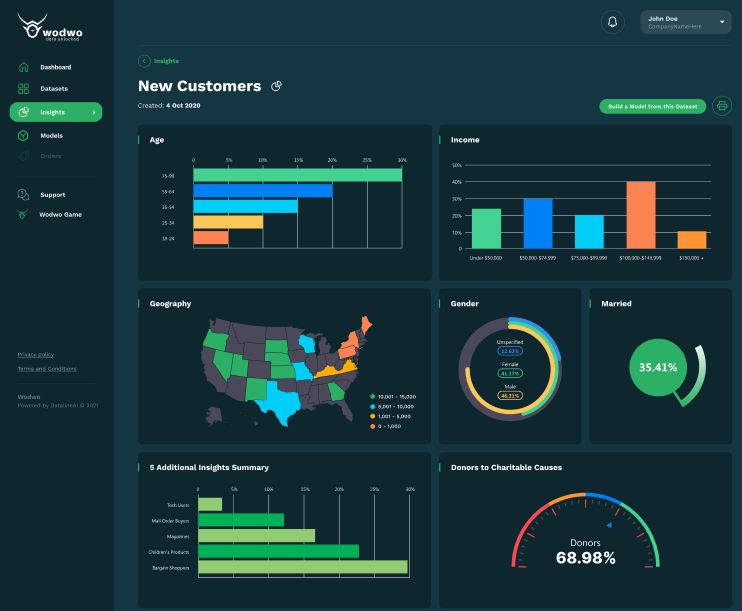
2. Identifying Customer Personas: Based on the insights gathered from market research, you can create customer personas that represent different segments of your target audience. A persona is a fictional character that embodies the characteristics of a particular customer segment. It includes details such as age, gender, occupation, income level, interests, goals and challenges. Creating multiple personas allows you to tailor your messaging and marketing efforts to each group’s needs.
3. Analyzing Data Continuously: Audience segmentation is not a one-time process but rather an ongoing effort based on continuous analysis of customer behavior metrics like website traffic patterns or conversion rates for specific campaigns or products/services offered by your organization. By continuously analyzing this data over time with careful planning & execution in mind; marketers can identify emerging trends in consumer behavior which can be used as opportunities for marketing campaigns targeting those segments effectively – increasing ROI while also forging deeper connections between brand values/ethos with individual consumers!
A quick word on testing and iteration
Testing and iteration are crucial components of any successful marketing strategy. Once audience segments have been identified, it is important to test different messaging and tactics within each segment to determine what resonates best with them. This can be done through A/B testing, surveys, or other methods of gathering feedback.
Iterating based on the results of these tests allows for a more targeted and effective approach to reaching each segment. By continually refining messaging and tactics based on data-driven insights, marketers can ensure that they are delivering the right message to the right people at the right time.
However, it is important not to become complacent in this process. As audiences change over time, so too must marketing strategies evolve. Continual testing and iteration ensures that marketers stay ahead of the curve and remain relevant in an ever-changing landscape.
Leverage Audience Modeling Platforms Like Wodwo in Audience Segmentation
One of the key benefits of audience modeling platforms like Wodwo is its ability to identify patterns and trends in consumer behavior that might not be immediately apparent. By analyzing data from multiple sources, these platforms can provide marketers with a holistic view of their target audience, including demographics, interests, and behaviors. This information can then be used to create more targeted campaigns that speak directly to the needs and preferences of specific segments.
Overall, Wodwo can play a critical role in helping marketers understand their target audiences at a deeper level. By leveraging data analytics and machine learning algorithms, these tools enable businesses to create highly personalized campaigns that resonate with consumers on a more individualized basis. As digital advertising continues to evolve, it’s likely that we’ll see even more advanced segmentation techniques emerge alongside increasingly sophisticated audience modeling technologies.
Want to learn more about what Wodwo can do for you? Click here to get started!
